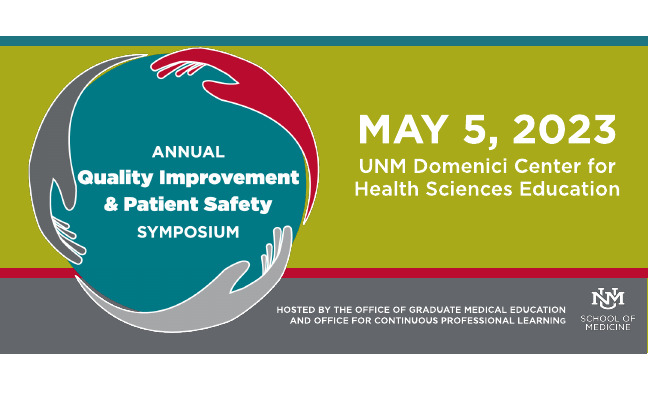Document Type
Poster
Publication Date
3-6-2020
Abstract
Introduction:
As of 2017, an estimated 21 million US adults, equivalent to 1 in 13 people, had a substance use disorder. Of those with a substance use disorder it was estimated that only 2.2 million received treatment. In 2015, New Mexico had the 8th highest overdose death rate in the nation with the highest number of overall deaths attributed to Bernalillo County. The most common drugs used in overdose related deaths included heroin, benzodiazepines and prescription opioids. At the time of this study, it was found that the University of New Mexico Hospital did not have an identification tool for patients with Substance Use Disorder (SUD) as part of their intake protocols. The DAST-10 (Drug Abuse Screening Tool 10 question) is a verified screening tool that has been shown to be an accurate predictor with good specific identification of substance use. This screening tool is a short and efficient and has been easily integrated into clinical flow and is also highly sensitive in other studies. Similar studies conducted previously found that important factors to success and implementation included comprehensive education and training, intra and inter-organization communication and collaboration, host site and practitioner support, and champions to lead and direct management of the program.
Methods:
This pilot was conducted on 4 West, the largest inpatient adult medical-surgical unit at UNMH, over a 14 day period in 2019. All patients admitted to the unit over the course of the pilot were screened for eligibility. Exclusion criteria included non-English speaking, encephalopathic or if otherwise deemed inappropriate for screening by the surveyor (e.g. clinically inappropriate). Eligible patients were then consented for willingness to participate. For eligible and willing patients, the validated SUD screening tool, DAST-10, was performed. In the result of a positive screen, patients were assessed for interest in treatment and offered a compilation of local resources for support.
Results:
A total of 67 patients admitted to the unit were reviewed. Of the 67 patients, 33 patients (49.2%) were eligible for screening. Main identified reasons for ineligibility included inappropriate for screening based on surveyor judgment (27.3%), non-English speaking (21.2%), and patient were encephalopathic (15.2%). In total, 22 patients agreed to participate in the survey, while 11 patients declined. Of the 22 willing participants, there were 3 (13.6%) who screened positive on the DAST-10. Of the patients who screened positive for substance use, one patient was interested in receiving resources.
Conclusions:
The inpatient hospitalization can serve as a critical time to engage patients with SUD in treatment discussions. This pilot demonstrated that ability of a validated screening tool to identify a large portion of patients with SUD in an adult inpatient unit at UNMH. Additionally the screening process itself facilitated linkage to treatment resources. Barriers to screening included patient clinical status and language barriers, the latter of which may improve with translating the tool into other languages. Further efforts to improve tool utilization are being considered including inclusion of the tool within the electronic health record.
Recommended Citation
Davis, Jera; Dung Mac; Alexis Leyba; Alicia Meador; Cees Whisonant; Joanne Clinton; Loren Kelly; and Charles Pizanis. "Process Improvement for Implementation of a Verified Substance Use Screening Tool for all Patients in a General Medicine Inpatient Unit." (2020). https://digitalrepository.unm.edu/hsc_qips/31


Comments
Presented at the University of New Mexico Health Science 2020 Annual Quality Improvement and Patient Safety Symposium